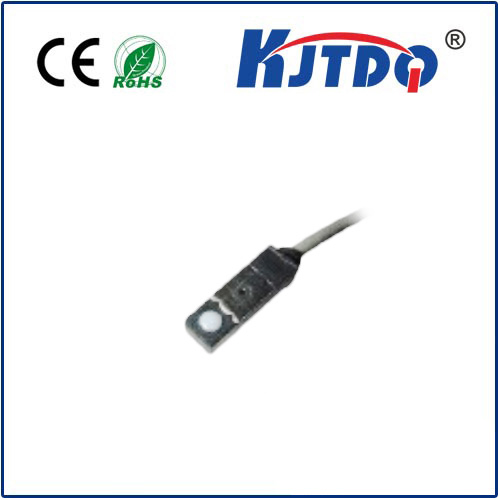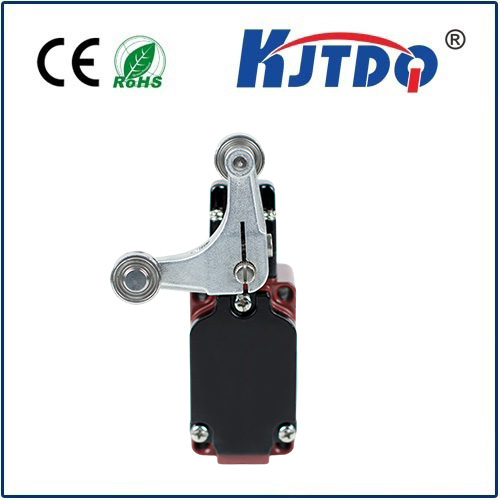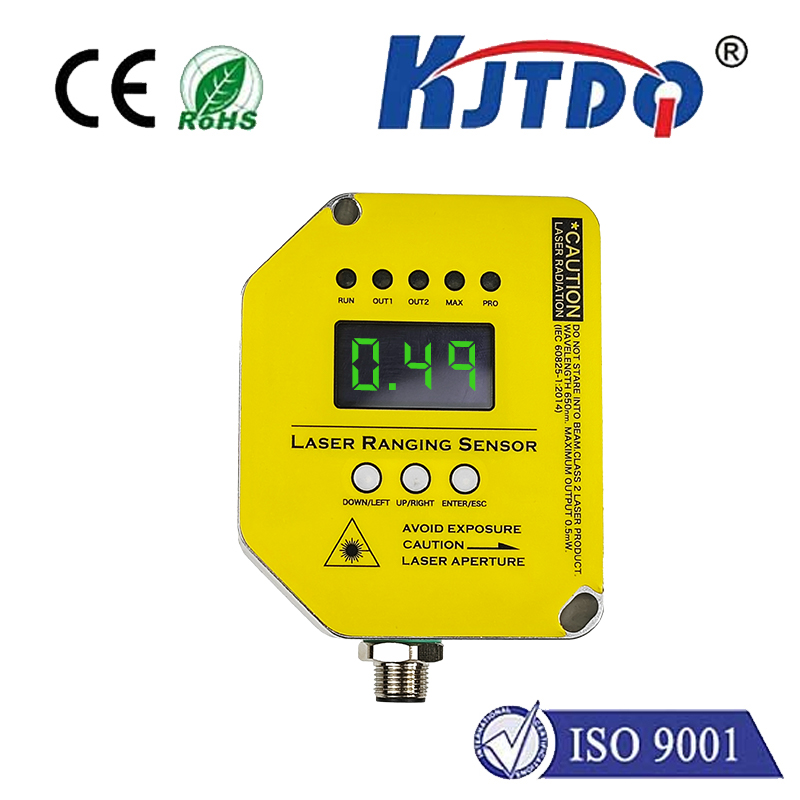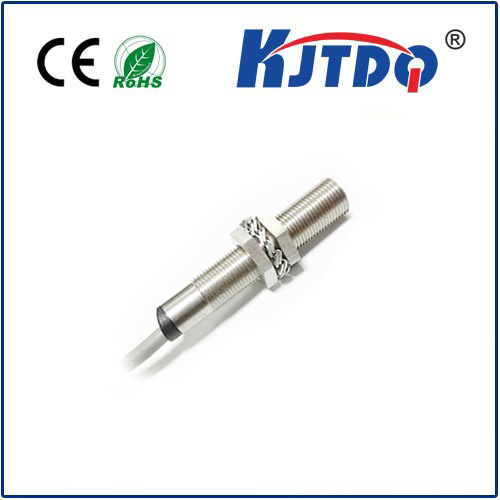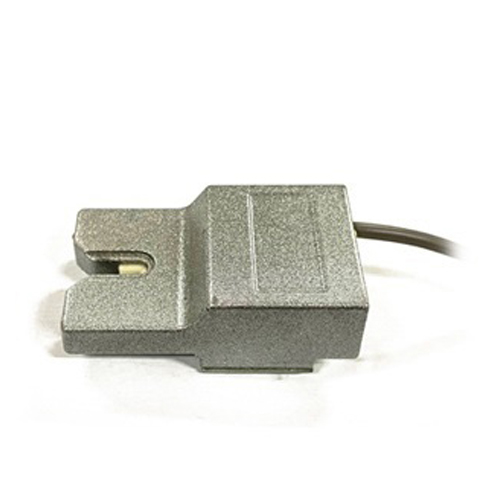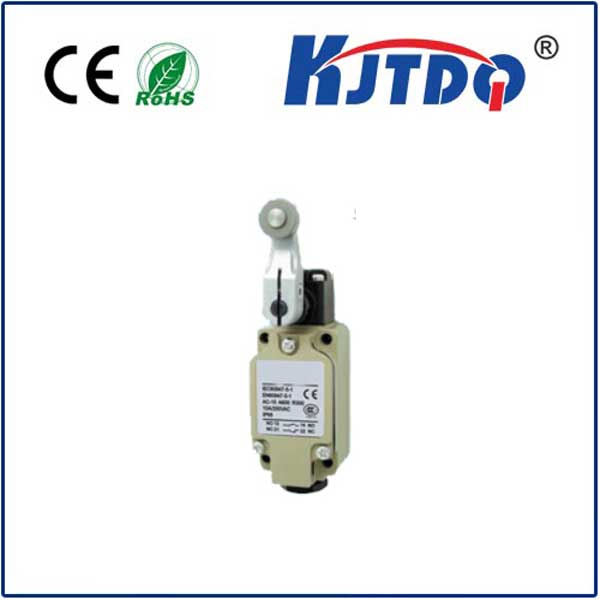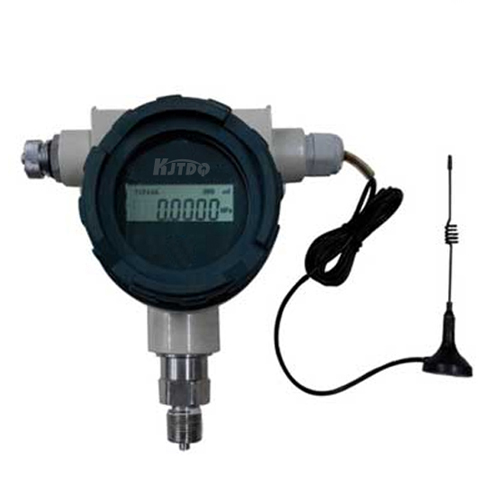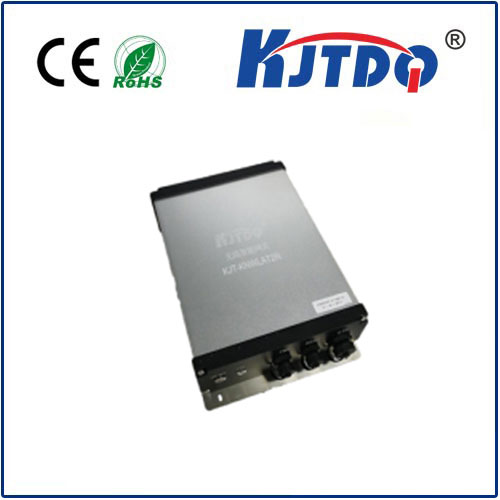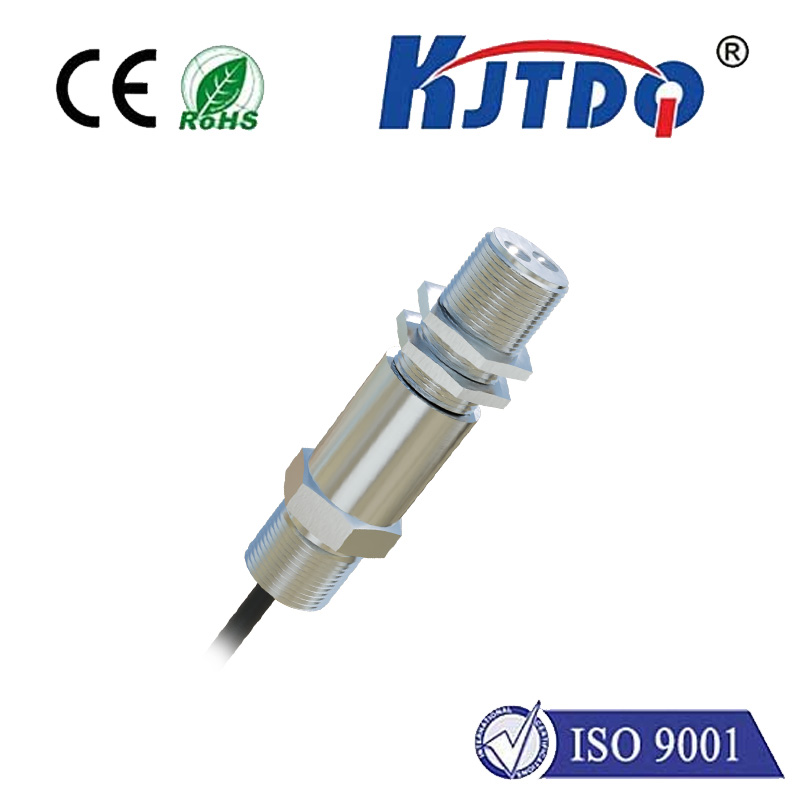pnp capacitive proximity sensor
- time:2025-06-20 02:38:22
- Click:0
Unlock Efficiency: PNP Capacitive Proximity Sensors Explained
Imagine a snack factory conveyor belt whirring relentlessly. Chocolate bars wrapped in metallic foil zip past. How does the system flawlessly detect each piece to trigger wrapping, counting, or sorting, without physical contact and regardless of the shiny packaging? The unsung hero is often the PNP Capacitive Proximity Sensor. This robust and versatile device plays a critical role in countless industrial automation, packaging, and manufacturing processes, enabling reliable non-contact detection where other sensors might falter.
Understanding the Core: Capacitive Sensing Principle
At the heart of this sensor lies the principle of capacitive sensing. Every object, including liquids, powders, metals, plastics, and even wood, possesses a dielectric constant – essentially its ability to store electrical energy. The sensor features an active face (the sensing electrode) which creates an electrostatic field. When a target object enters this field, it disturbs the capacitance, altering the field’s characteristics. The sensor’s internal oscillator detects this change. Once the disturbance reaches a preset threshold configured via sensitivity adjustment (often a potentiometer), the sensor triggers a switching output.
The “PNP” Distinction: Sourcing the Signal
This is where the PNP output becomes crucial. PNP stands for “Positive-Negative-Positive,” describing the transistor configuration used in the output stage. Simply put:

- In a PNP sensor, the output signal line acts as the source of positive voltage (e.g., +24V) when activated.
- When no target is detected, the output line is switched “off” (high impedance/open).
- The load (like a PLC input, relay, or indicator light) is connected between the sensor’s output wire and the negative supply voltage (0V).
Think of it like a faucet supplying voltage: when the sensor sees a target, it turns the faucet on, supplying +24V (or the operating voltage) down the output wire to the load connected to 0V. This “sourcing” nature makes PNP sensors the standard choice in many regions, particularly where programmable logic controllers (PLCs) are commonly configured to accept sourcing inputs.
Why Capacitive? Tackling Tricky Targets
While inductive proximity sensors reign supreme for detecting metals, capacitive sensors offer unique advantages:
- Material Agnosticism: They detect virtually any material – liquids in tanks, plastic granules in hoppers, glass bottles on lines, wood panels, or cardboard boxes. This makes them incredibly versatile.
- Non-Contact Detection: Physical wear and tear is eliminated, leading to longer lifespan and reduced maintenance costs compared to mechanical switches.
- Container Wall Sensing: A key strength is the ability to detect materials through non-metallic container walls. Monitoring fluid levels or powder fill levels in plastic, glass, or cardboard containers is a prime application area.
- Insensitivity to Surface Conditions: Surface color, texture, or slight transparency generally don’t affect detection, unlike optical sensors which can be fooled by color changes or ambient light.
- Robustness: Typically housed in rugged materials (stainless steel, PBT plastic, nickel-plated brass), they withstand harsh industrial environments involving dust, moisture, and vibrations.
Key Applications Driving Automation
The combination of PNP convenience and capacitive versatility powers solutions across diverse sectors:
- Liquid Level Control: Detect high/low levels in tanks (water, chemicals, beverages, oils) through plastic or glass walls. Prevents overfills and dry running of pumps.
- Packaging & Filling: Verify presence of plastic bottles, glass jars, or cardboard cartons on conveyors. Detect fill levels of powders, granules, or viscous liquids in containers.
- Material Handling: Monitor presence/absence of non-metallic parts (plastic components, wood panels, ceramic tiles) on pallets, feeders, or assembly lines.
- Pharmaceutical & Food Processing: Detect product presence reliably in hygienic environments, often required due to non-contact nature preventing contamination.
- Hopper & Silo Management: Prevent blockages or empty runs by detecting the presence or level of powders, grains, pellets, or flakes.
Addressing Limitations: Not a Universal Solution
While powerful, PNP capacitive proximity sensors have limitations to consider:
- Sensitivity Adjustment Crucial: Their range is generally shorter than inductive sensors and highly dependent on the target material’s dielectric constant. Metals are detected at the longest range, followed by water-based materials, then plastics and wood. Fine-tuning the sensitivity potentiometer is essential for reliable operation with different targets.
- Material Influence: Detection range varies significantly based on the material. A sensor set for a water bottle might not detect a dry wooden block at the same distance without adjustment.
- Environmental Factors: Extreme moisture, conductive dust, or very strong electromagnetic fields can potentially cause false triggering or reduced sensing distance if not adequately shielded.
- Flush vs. Non-Flush Mounting: Shielded (flush-mountable) sensors have a shorter range but can be installed embedded in metal. Unshielded (non-flush) sensors offer longer range but need clearance around the sensing face.
Selecting the Right PNP Capacitive Sensor
Choosing effectively involves considering:
- Target Material: Understand its dielectric constant to estimate achievable range.
- Required Sensing Range: Factor in any container walls the field must penetrate.
- Operating Environment: Temperature, potential chemical exposure, IP rating needs (dust/water resistance).
- Mounting Requirements: Space constraints determine flush vs. non-flush mounting.
- Electrical Compatibility: Ensure voltage (10-30V DC typical) and PNP output type match your control system (PLC input module).
- Output Configuration: Standard 3-wire (PNP, NPN, NO, NC variants) or analog output types available.
- Housing Style: Cylindrical (e.g., M8, M12, M18, M30 threads) or block styles.
PNP capacitive proximity sensors provide an indispensable, flexible solution for non-contact object detection, especially where materials are non-metallic or need detection through barriers. Their PNP output configuration ensures straightforward compatibility with widely used industrial control systems, while the capacitive principle tackles detection challenges that other sensor types simply cannot address efficiently. By understanding their operating principle, strengths, and limitations, engineers can leverage these sensors to enhance automation reliability, optimise processes, and reduce maintenance downtime across a vast spectrum of demanding industrial applications. Proper sensor selection, installation, and sensitivity adjustment are key to unlocking their full potential.






